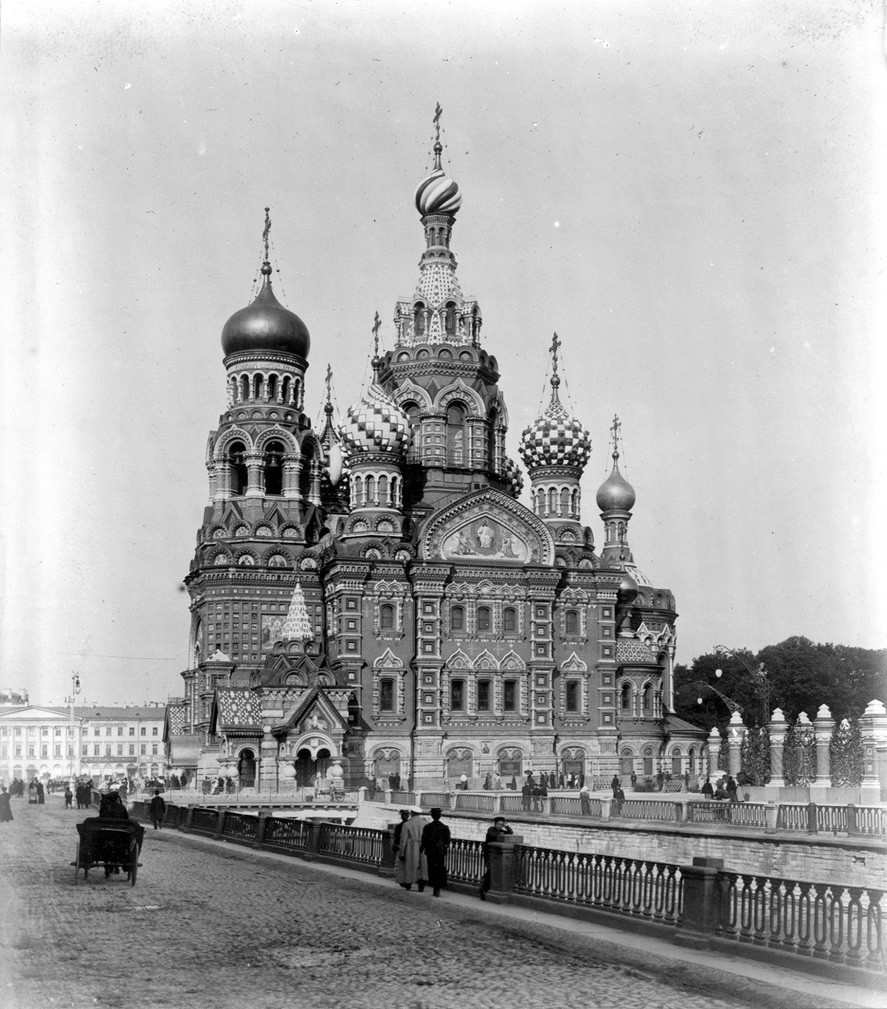7 facts about the Church of the Savior on Spilled Blood in St. Petersburg

1. Built on the site where the tsar was fatally wounded
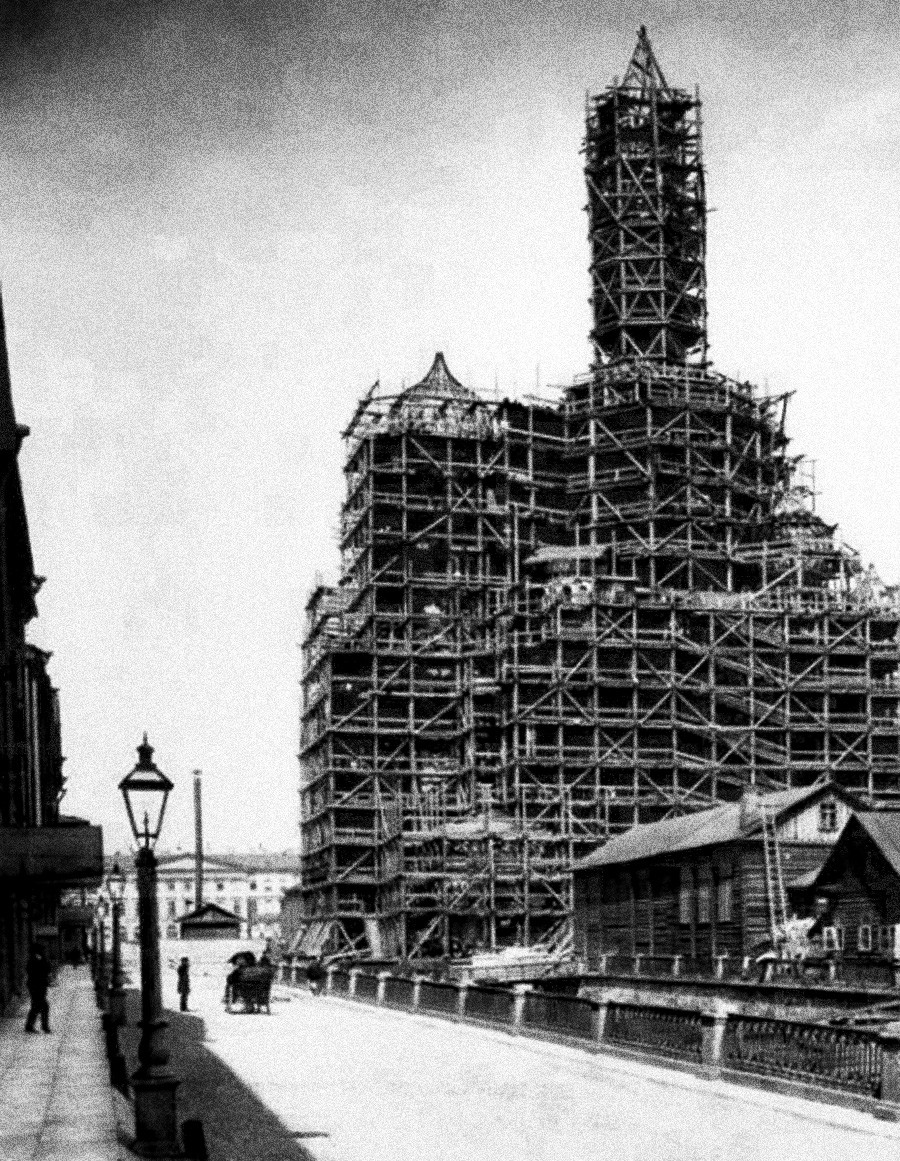
No tsar had to endure as many assassination attempts as Alexander II. Six were made in all, the seventh was fatal.
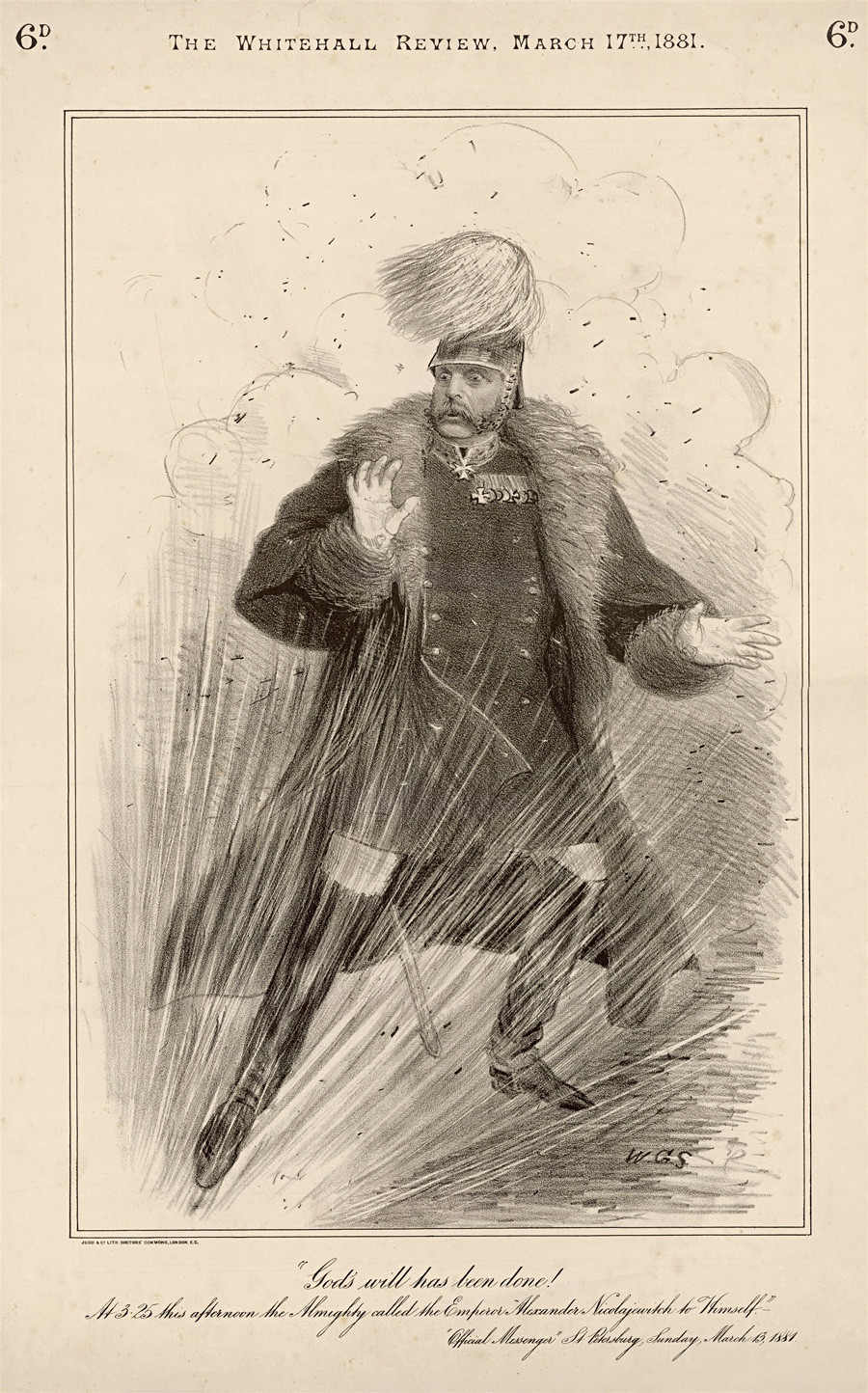
Tsar Alexander II during the murder attempt
Mary Evans Picture Librar/Global Look PressOn the afternoon of March 1, 1881, Tsar Alexander II was returning to the Winter Palace in his royal carriage. On the embankment of Ekaterina (now Griboyedov) Canal, a terrorist threw a bomb under it. Shaken but unhurt, the emperor got out and, so the story goes, thanked God for saving him, whereupon a second conspirator threw another bomb directly at his feet. The tsar died an hour later in his palace chambers.
His son, Alexander III, at the request of the City Duma, erected a shrine in memory of his father at the site of the explosion.
2. Built in the then-outmoded Russian style
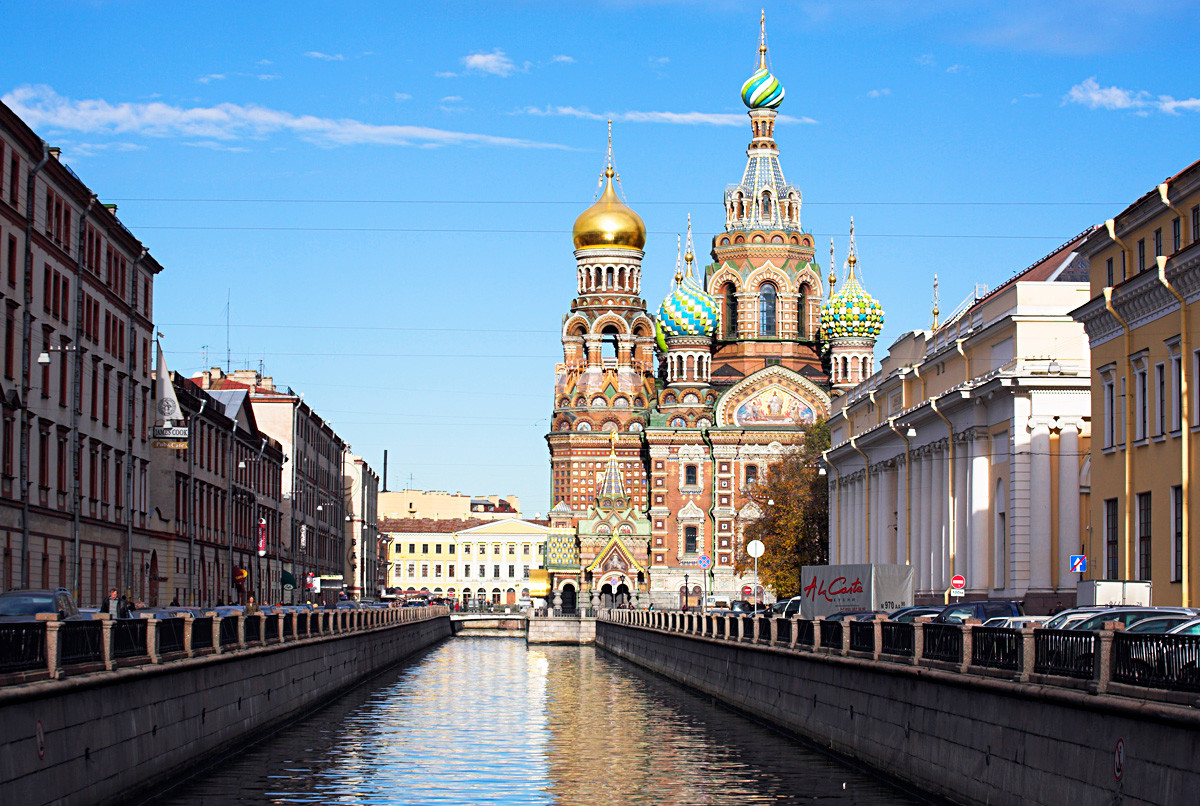
A tender was announced for the design and construction of the new edifice. Alexander III insisted that it should adhere to the traditions of church architecture of 17th-century Moscow and Yaroslavl, something highly unusual for St Petersburg, which has practically no old Russian churches, since the city itself was built in the 18th century.
The tender was won by Alfred Parland, an architect with German-Scottish roots, and the religious leader Archimandrite Ignatius. The official groundbreaking ceremony took place in 1883.
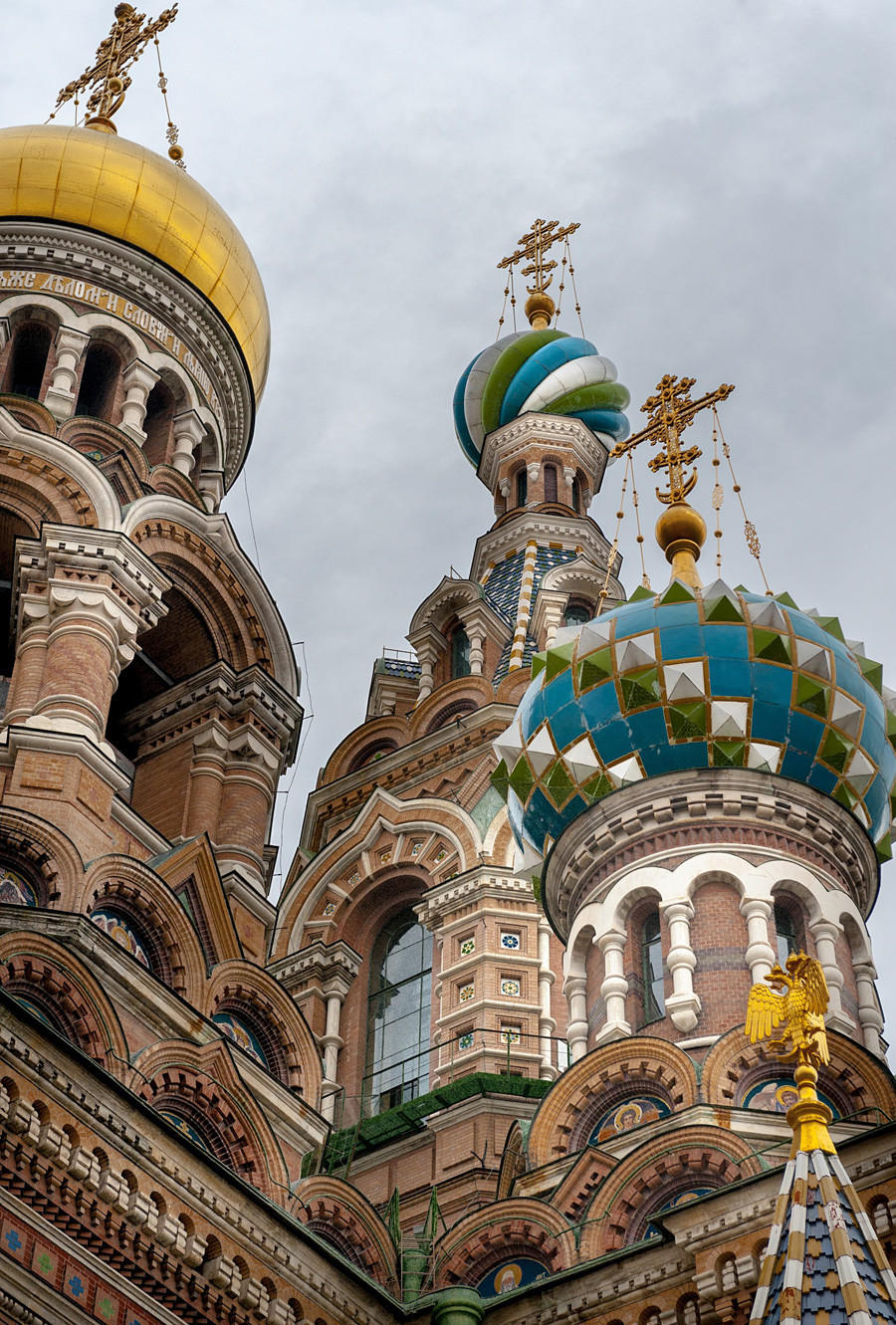
The cathedral resembles St Basil’s in Moscow Cathedral (although the latter was built in the 16th century). The style would later be called “pseudo-Russian”: built of red brick and crowned with multicolored, enamelled, gilded domes, the whole ensemble seems to resemble a brightly colored folk costume. Above the carved frames of the windows, a series of platbands rises in the form of a kokoshnik (woman’s headdress).
Meanwhile, the base of the bell tower has the appearance of a tiled stove – with tiny square caissons, each of which depicts the coat of arms of one of the Russian provinces that donated funds for the construction, 134 in total (a unique open-air heraldic collection, one might say).
3. Contains more than 7,000 sq. m. of unique mosaics

The church took 24 years to build. It is believed that its consecration was delayed due to the complexity of the mosaics by hereditary mosaicist Vladimir Frolov, which he spent ten years perfecting.
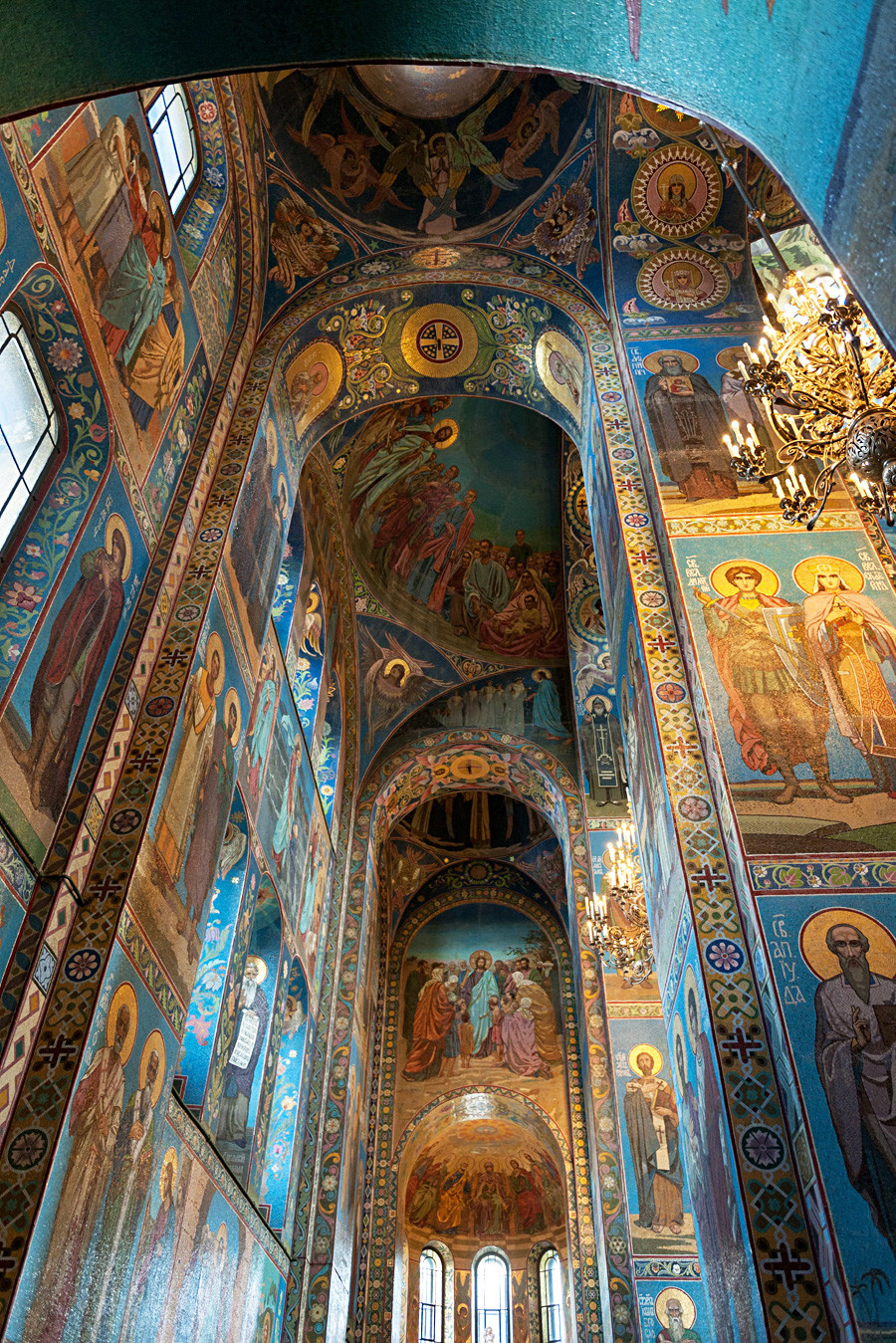
The luxurious mosaics cover around 7,065 square meters, making it one of the largest mosaic exhibitions in Europe. The work was carried out by the finest artists in the Russian Empire: Viktor Vasnetsov, Mikhail Nesterov, Vasily Belyaev, and many others (30 in total).
4. Operated as a church, but only very briefly
Once the mosaics were complete, the cathedral was finally consecrated in 1907. The official ceremony was attended by the new emperor, Nicholas II, the grandson of the long-dead Alexander II.
However, the church had no parish and gave no public mass. Entry was strictly controlled, and the state allocated money for its upkeep. But after the 1917 Revolution, the authorities cut off the financing, forcing the church to take charge of its own expenses and set up a parish. The local priests, however, did not wish to cooperate with the Soviet authorities, and in 1930 the church was closed and its bells were melted down.
5. Served as a morgue during WW2

In the 1930s-40s, the Bolsheviks destroyed many churches and had their sights set on the Savior on Spilled Blood, too. But WW2 intervened. During the siege of Leningrad (the former name of St Petersburg), it was converted into a morgue where bodies found on the city streets were brought.
After the war, a local theater used the cathedral as a warehouse for stage scenery and props. In the 1950s, the authorities made another attempt to dismantle the church – it supposedly impeded traffic along Griboyedov Canal, since part of the latter had been filled up to make way for the building. But the public protested, and the Savior was saved.
6. Housed an unexploded German shell for nearly 20 years
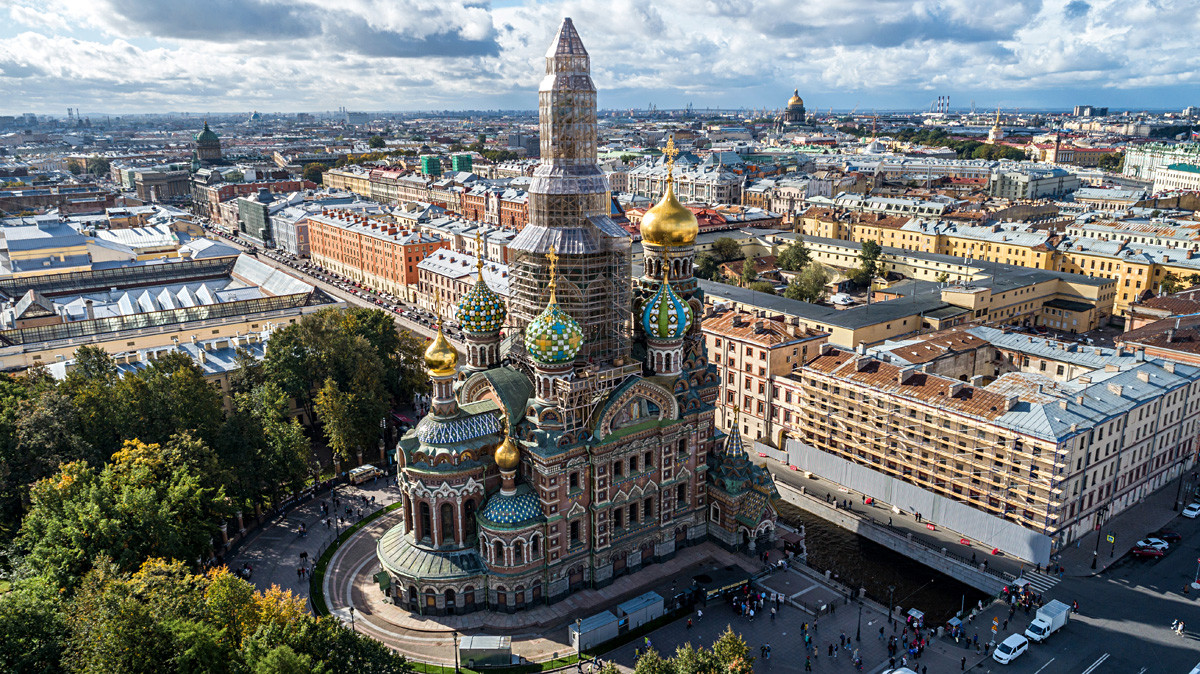
During the war, the church was repeatedly shelled by German troops, causing serious damage to the walls, which majorly complicated the restoration process afterwards. In 1961, workers were surprised to discover a 240mm high-explosive shell in one of the walls. By some miracle, it had not exploded, but lain dormant and unnoticed for nearly two decades. Its removal was handled by a specialist detonation crew.
7. Now a museum
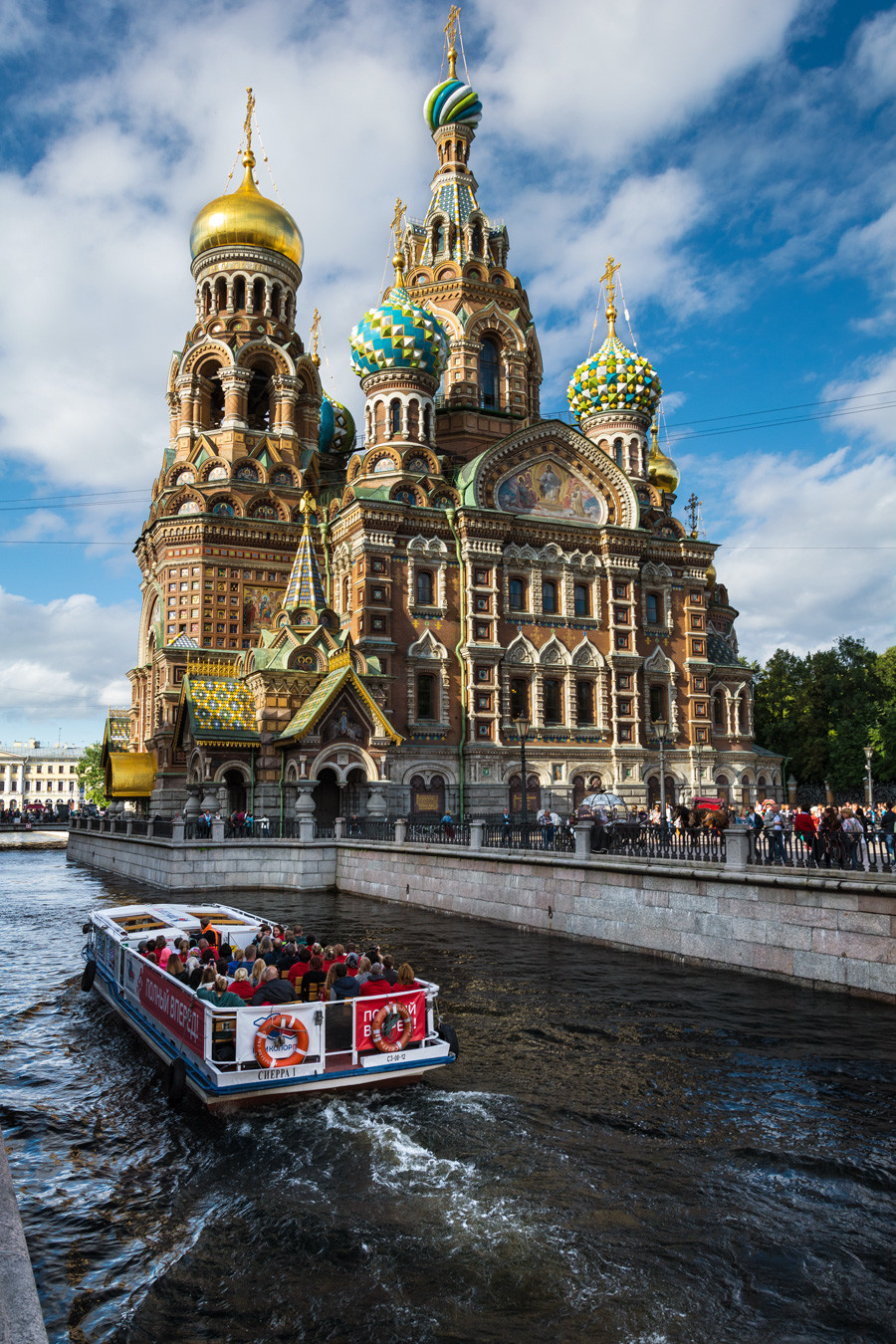
In the late 1960s, the church was recognized as an architectural monument. It was restored over a period 27 years (three years longer than it took to build), and was reopened in 1997.
Now, the Savior on Spilled Blood works mainly as a museum. On weekdays, tourists come here to view the mosaics and the section of pavement enshrined inside the building where the wounded tsar fell. Services are held here, but only on weekends and church holidays.
Tours by prior booking: cathedral.ru
Correction: In the previous version of this article we erroneously wrote that "in 1930, the church was closed and its domes melted down". In fact, the bells were melted down, not the domes.
If using any of Russia Beyond's content, partly or in full, always provide an active hyperlink to the original material.
Subscribe
to our newsletter!
Get the week's best stories straight to your inbox
